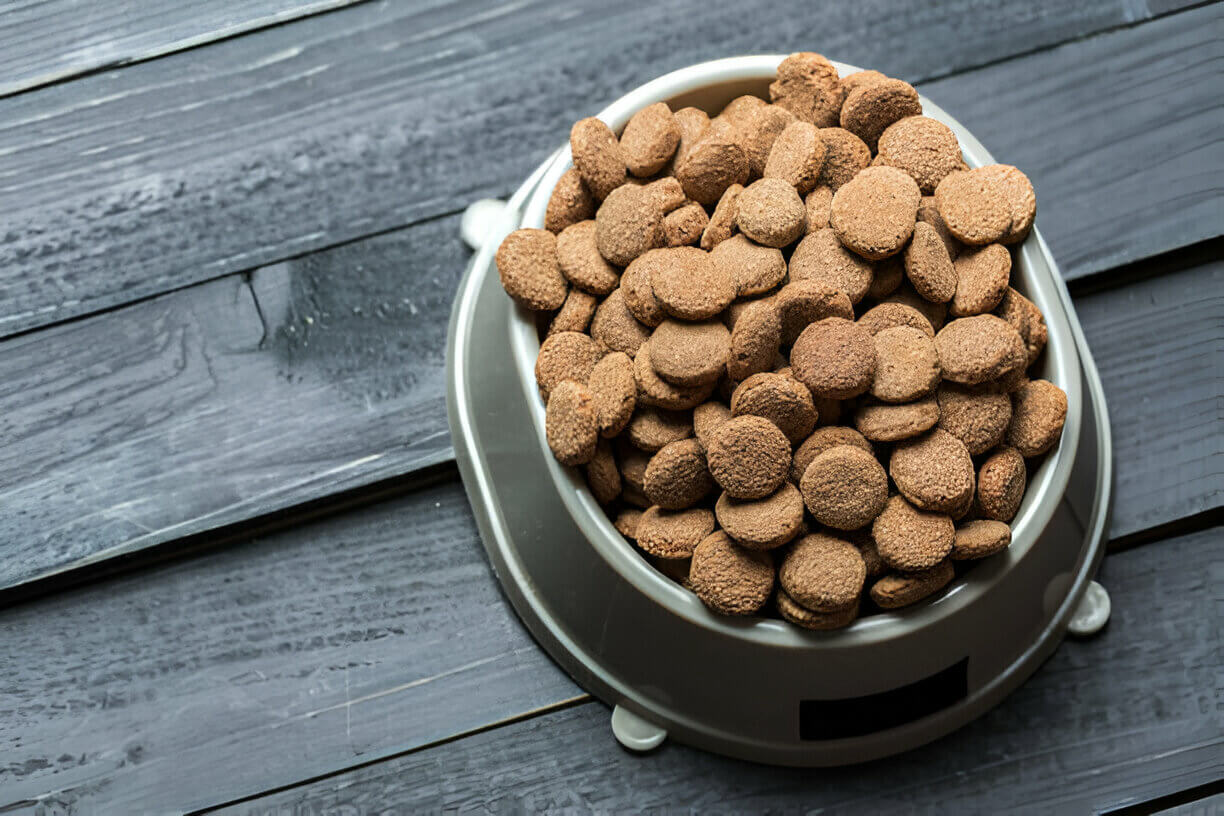Choosing the right automatic pet feeder can significantly improve the feeding routine for your pet and provide peace of mind for you. With a variety of options available, it can be challenging to determine which feeder best suits your needs. This guide will help you navigate the key factors to consider when choosing an automatic pet feeder.

Understanding Automatic Pet Feeders
Automatic pet feeders dispense food at scheduled times, helping maintain a regular feeding routine for your pet. They come in various types, including gravity feeders, programmable feeders, and smart feeders with Wi-Fi connectivity. Each type has its own set of features and benefits.
Types of Automatic Pet Feeders
Gravity Feeders
Gravity feeders are the simplest type. Food continuously flows from the storage container into the bowl as it empties. These feeders are ideal for pets that can self-regulate their eating habits, as they ensure a constant supply of food without overcomplicating the feeding process.
Programmable Feeders
Programmable feeders allow you to set specific feeding times and portion sizes. They are perfect for pets that need controlled feeding schedules. These feeders are typically more advanced and can help manage portion control, ensuring your pet gets the right amount of food at the right times.
Smart Feeders
Smart feeders come equipped with Wi-Fi connectivity and can be controlled via smartphone apps. These feeders provide remote monitoring and precise feeding schedules, making them ideal for pet owners who are frequently away from home. They offer additional features like voice recording, cameras, and real-time alerts.
Key Features to Consider
Portion Control
Accurate portion control is crucial for maintaining your pet’s health. Look for feeders that allow you to customize portion sizes to match your pet’s dietary needs. This is particularly important for pets on weight management plans or those with specific health conditions. Proper portion control helps prevent overeating and obesity, which are common issues in pets.
Schedule Flexibility
The feeder should offer flexible scheduling options. Being able to set multiple feedings throughout the day ensures that your pet’s routine is consistent, which is beneficial for their digestive health and overall well-being. Flexible scheduling can accommodate pets with special dietary needs or those that prefer eating at specific times.
Food Compatibility
Ensure the feeder is compatible with the type of food your pet eats, whether it’s dry kibble or wet food. Some feeders are designed specifically for one type of food, while others can handle both. Consider your pet’s dietary preferences and any restrictions they may have.
Compatibility with different food types ensures that your pet receives the nutrition they need without issues like food jams.
Backup Power Source
A feeder with a backup power source, such as batteries, ensures that your pet will still be fed in the event of a power outage. This feature is essential for maintaining a consistent feeding schedule without interruptions. Battery backup can also save programmed settings, preventing the need to reprogram the feeder after power restoration.
Security Features
If your pet is particularly curious or mischievous, security features like locking lids and tamper-proof designs are important to prevent them from accessing the food outside of scheduled feeding times. Secure feeders help maintain the integrity of the feeding schedule and prevent overeating.
Additional Considerations
Capacity
Choose a feeder with the appropriate capacity for your needs. If you travel frequently or have multiple pets, a larger capacity feeder will require less frequent refilling. However, ensure that the food remains fresh, especially if using wet food. The capacity should match the feeding requirements of your pet without compromising food quality.
Ease of Cleaning
Hygiene is crucial, so opt for feeders with removable, dishwasher-safe parts. This makes cleaning easier and helps maintain the feeder in good condition, ensuring your pet’s food is always served in a clean dish. Regular cleaning prevents the buildup of bacteria and ensures the longevity of the feeder.
Remote Monitoring
Smart feeders with remote monitoring capabilities allow you to check on your pet’s feeding habits via a smartphone app. This feature can be particularly useful if you are away from home frequently. Remote monitoring provides peace of mind and ensures that your pet is following their feeding schedule.
Voice Recording
Some feeders allow you to record a message that plays when food is dispensed. This can be comforting for your pet and create a more familiar feeding routine. Voice recordings can help maintain a connection with your pet even when you are not physically present.
Setup and Use
Initial Setup
When setting up your automatic feeder, program the feeding schedule and portion sizes according to your pet’s needs. Place the feeder in a location that is easily accessible to your pet but away from high-traffic areas to prevent it from being knocked over. Proper setup ensures that the feeder operates smoothly and meets your pet’s dietary requirements.
Maintenance
Regular maintenance is essential to ensure the feeder operates smoothly. Clean the feeder regularly and check for any signs of wear or malfunction. Regularly test the feeder to ensure it is dispensing the correct amount of food. Maintenance helps prevent technical issues and ensures that the feeder remains reliable over time.
Conclusion
Choosing the right automatic pet feeder involves considering various factors, including portion control, schedule flexibility, food compatibility, and additional features like backup power and security. By carefully evaluating these aspects, you can select a feeder that meets your pet’s needs and provides convenience and peace of mind for you. An automatic feeder can transform your pet’s feeding routine, ensuring they are well-fed and healthy even when you are not home.



